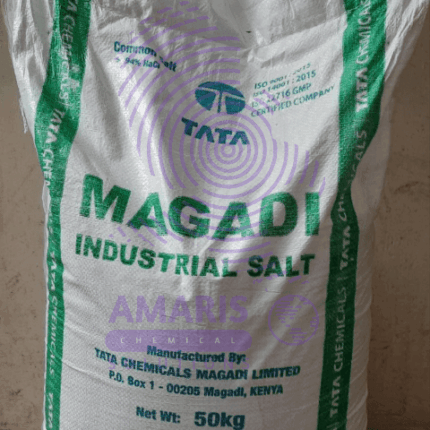
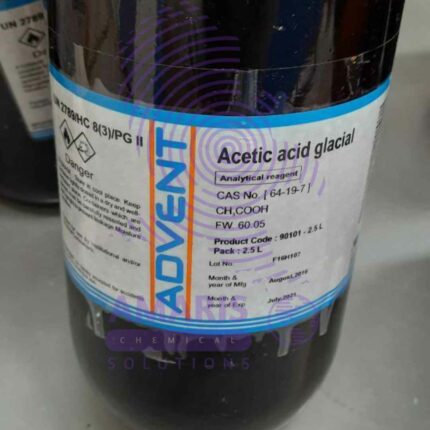
Acetaldehyde
$5,430.00 Original price was: $5,430.00.$4,500.00Current price is: $4,500.00.
Acetaldehyde
Acetaldehyde is a simple organic compound with the chemical formula CH3CHO. It is a colorless liquid with a pungent, fruity odor. Here are some key points about acetaldehyde:
- Chemical Structure: Acetaldehyde consists of two carbon atoms, one oxygen atom, and four hydrogen atoms. Its structure is CH3CHO, where the carbon atom in the middle is doubly bonded to an oxygen atom and singly bonded to a hydrogen atom and a methyl group (CH3).
- Occurrence: Acetaldehyde can be found naturally in various ripe fruits, coffee, and heated milk. It is also produced by the oxidation of ethanol (alcohol) by enzymes in the liver and other tissues in humans, making it an intermediate product in alcohol metabolism.
Acetaldehyde Uses
Chemical Synthesis:
Acetaldehyde serves as a precursor or intermediate in the synthesis of various organic compounds. It is particularly useful in the production of acetic acid, a widely used chemical in industries ranging from food processing to pharmaceuticals.
Reagent:
Acetaldehyde is used as a reagent in organic chemistry reactions. It can undergo various transformations such as oxidation to form acetic acid, reduction to form ethanol, and condensation reactions to form aldol products.
Solvent:
Acetaldehyde can act as a solvent for polar and non-polar compounds, depending on the reaction or extraction being conducted in the laboratory.
Microbiology:
In microbiology, acetaldehyde is sometimes used as a fixative in preparing samples for electron microscopy and other imaging techniques.
Analytical Chemistry:
Acetaldehyde is used in analytical chemistry as a standard reference material or as a component in calibration solutions for chromatography and spectroscopy methods.
Research:
It is used in research settings to study its reactions and properties, as well as its effects on biological systems.
Preservative:
Acetaldehyde can be used as a preservative for biological specimens due to its ability to fix tissues.
Crosslinking Agent:
In polymer chemistry, acetaldehyde can be used as a crosslinking agent for certain polymers, improving their mechanical and thermal properties.
Basic Identification Attributes
- Chemical Name: Ethanal (IUPAC), Acetaldehyde (common)
- CAS Number: 75-07-0
- HS Code: 2912.11.00 (Aldehyde-function compounds)
- Molecular Formula: C₂H₄O
- Synonyms: Acetic aldehyde, Ethyl aldehyde, Aldehyde
Physical & Chemical Properties
- Physical State: Colorless liquid or gas (volatile)
- Color & Odor: Colorless; pungent, fruity odor
- Boiling Point: 20.2°C | Melting Point: -123.5°C
- Density: 0.784 g/cm³ (20°C)
- Solubility: Miscible in water, ethanol, ether
- pH Level: Slightly acidic (forms acetic acid in water)
- Vapor Pressure: 740 mmHg (20°C) (highly volatile)
- Flash Point: -39°C (extremely flammable)
- Autoignition Temperature: 185°C
- Viscosity: 0.21 cP (25°C)
Safety & Hazard Attributes
- Hazard Class:
- Flammable Liquid (Category 1)
- Carcinogen (Category 1B, suspected human carcinogen)
- Eye/Skin Irritant (Category 2)
- NFPA Ratings: Health-3, Flammability-4, Reactivity-2
- Exposure Limits:
- OSHA PEL: 200 ppm (360 mg/m³)
- ACGIH TLV: 25 ppm (45 mg/m³)
- Reactivity:
- Polymerizes explosively with acids, bases, or traces of metals.
- Incompatible with oxidizers, strong acids, amines, and halogens.
Storage & Handling Attributes
- Storage Conditions:
- Refrigerated (<20°C) under inert gas (N₂) to prevent polymerization.
- Explosion-proof ventilation required.
- Incompatible Materials: Oxidizers, acids, alkalis, metals (e.g., copper, silver).
- Container Type: Stainless steel or glass (avoid plastics).
- Shelf Life: 6–12 months (stabilized with hydroquinone).
- Special Handling:
- Use explosion-proof equipment.
- PPE: Gloves (nitrile), goggles, and respiratory protection if vapors are present.
Regulatory & Compliance Attributes
- Regulatory Status:
- EPA: Listed as a hazardous air pollutant (HAP).
- REACH: Registered (Annex III carcinogen).
- OSHA: Regulated under 29 CFR 1910.1000.
- DOT: UN 1089, Class 3 (Flammable Liquid), PG I.
- Hazard Symbols:
- GHS Pictograms: Flame, Skull & Crossbones, Exclamation Mark
- Transportation Restrictions:
- Forbidden on passenger aircraft; requires "FLAMMABLE LIQUID" labels.
- Waste Disposal:
- Incineration (RCRA hazardous waste code U001).
Environmental & Health Impact
- Ecotoxicity:
- LC50 (fish): 96 mg/L (96h) – moderately toxic to aquatic life.
- Persistence:
- Readily biodegradable (half-life <5 days in water).
- Carcinogenicity:
- IARC: Group 2B (possibly carcinogenic to humans).
- ACGIH: A3 (confirmed animal carcinogen).
- Biodegradability:
- Rapidly degrades in air/water (photochemical oxidation)
Personal Protective Equipment (PPE):
- Wear chemical-resistant gloves(nitrile or neoprene).
- Use splash-proof gogglesor a face shield.
- Wear an approved respirator(organic vapor cartridge) if ventilation is insufficient.
- Use impermeable protective clothingto prevent skin contact.
- Ensure closed-toe shoesand chemical-resistant apron if splashing is possible.
Handling & Storage:
- Handle in a well-ventilated areaor under fume hoods.
- Use explosion-proof equipment(no sparks or flames nearby).
- Keep away from oxidizers, acids, and strong bases(can react violently).
- Store in a cool, dry, well-ventilated area, away from sunlight and heat sources.
- Use grounded containersto prevent static discharge.
Leak & Spill Control:
- Evacuate the area and restrict entry.
- Absorb spills with inert materials(vermiculite, sand, or chemical absorbent).
- Avoid washing into drains (highly flammable and toxic).
Inhalation:
- Symptoms:Dizziness, headache, nausea, respiratory irritation.
- Action:Move to fresh air immediately. Administer oxygen if breathing is difficult. Seek medical attention if symptoms persist.
Skin Contact:
- Symptoms:Redness, irritation, burns.
- Action:Remove contaminated clothing. Wash skin with soap and water for at least 15 minutes. Seek medical help if irritation persists.
Eye Contact:
- Symptoms:Severe irritation, redness, pain.
- Action:Rinse eyes with copious amounts of water for at least 15 minutes, lifting eyelids. Seek immediate medical attention.
Ingestion:
- Symptoms:Nausea, vomiting, abdominal pain.
- Action:Do NOT induce vomiting. Rinse mouth with water. Seek immediate medical help.
Fire Hazards:
- Highly flammable liquid and vapor(Flash point: -39°C / -38°F).
- Vapors can form explosive mixtures with air.
- May polymerize violently under fire conditions.
Extinguishing Methods:
- Use alcohol-resistant foam, CO₂, or dry chemical powder.
- Do NOT use water jets(can spread fire).
- Cool containers with water spray to prevent explosion.
Special Firefighting Procedures:
- Wear self-contained breathing apparatus (SCBA)and full protective gear.
- Stop leak if safe to do so.
- Evacuate area and fight fire from a safe distance


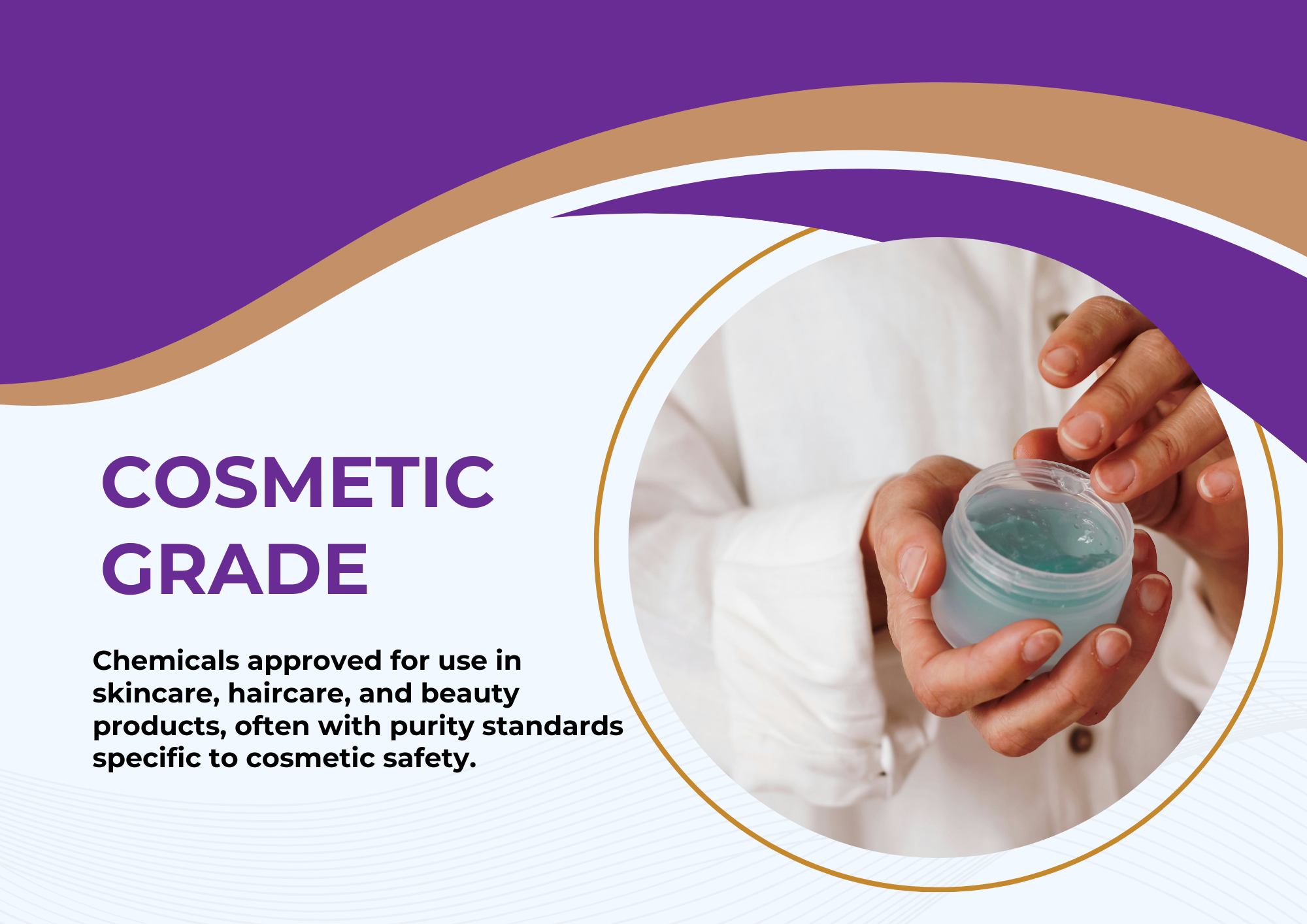
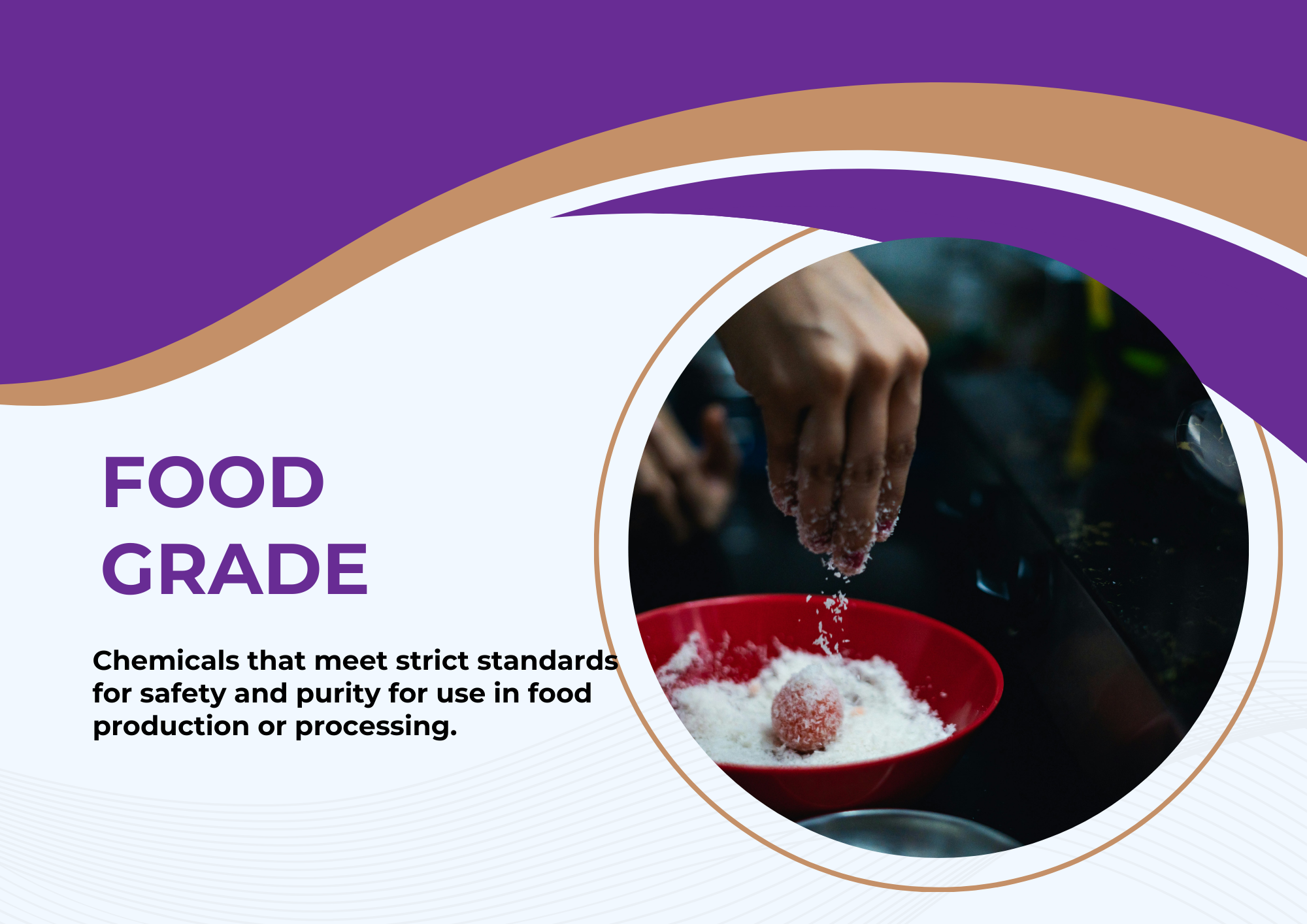



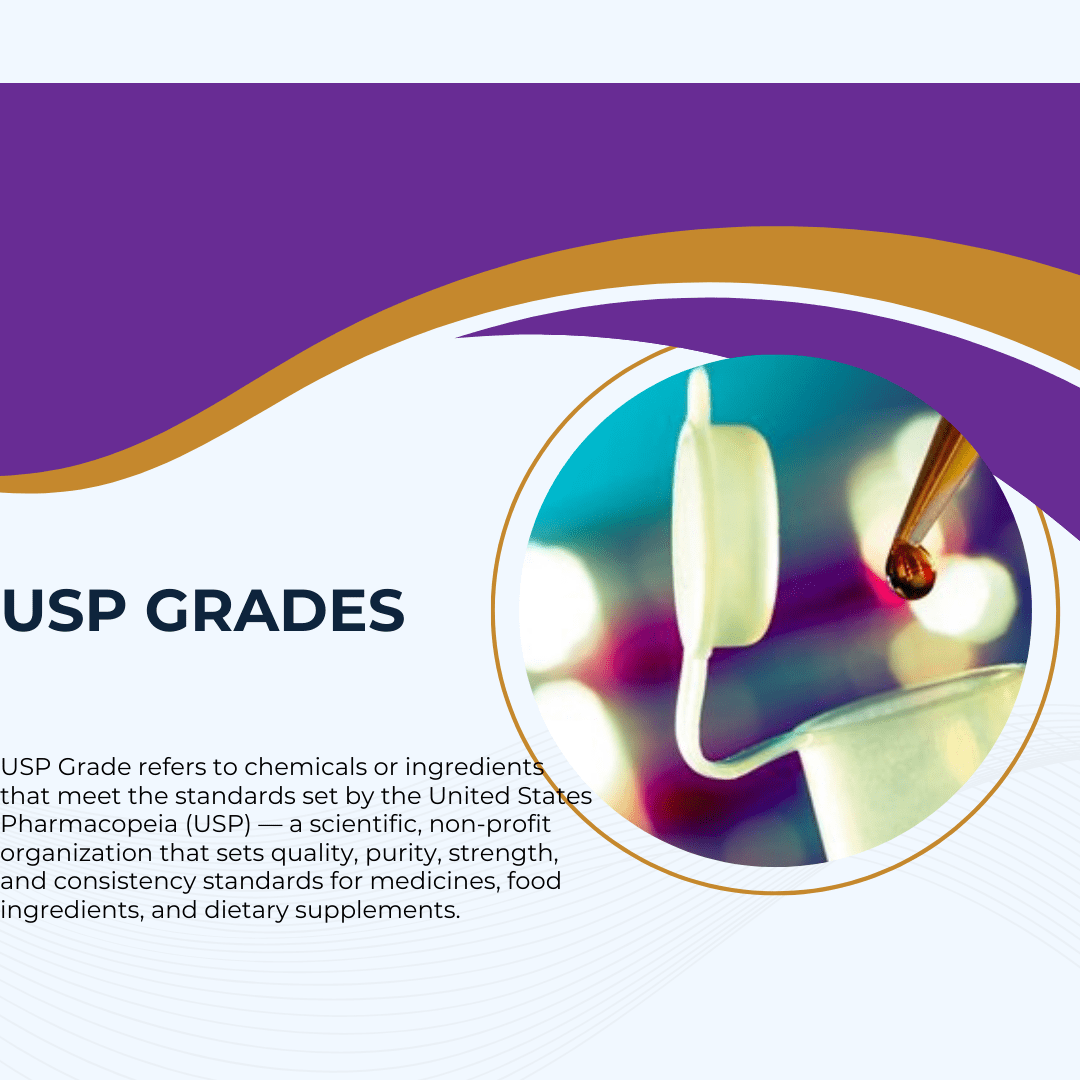

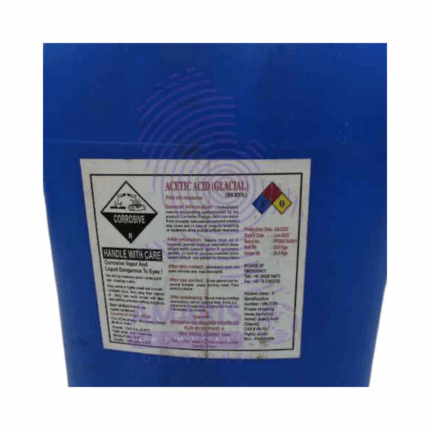
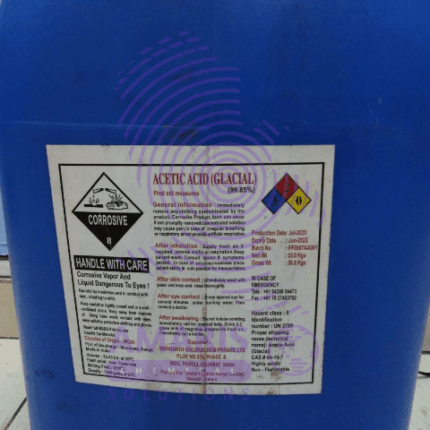
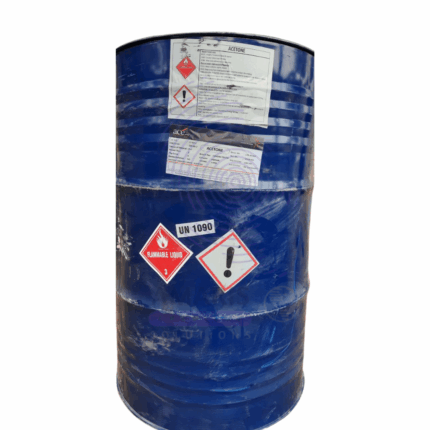


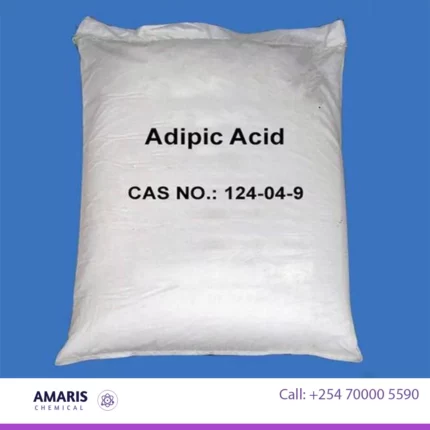


















Reviews
There are no reviews yet.